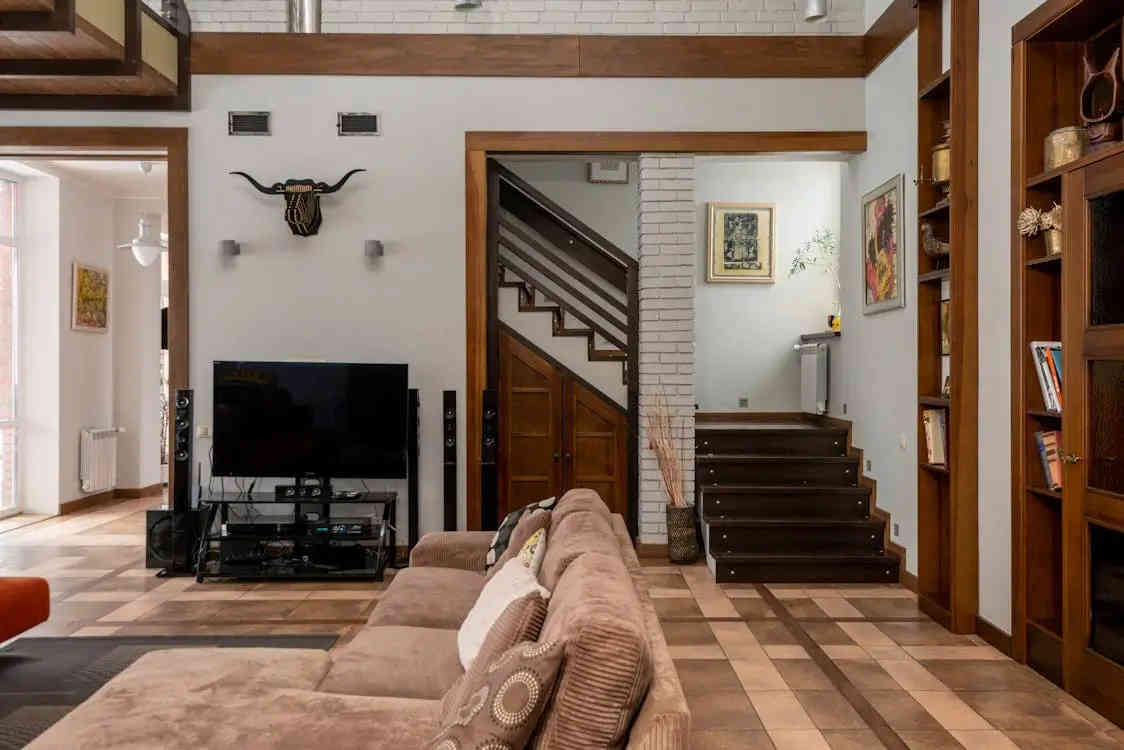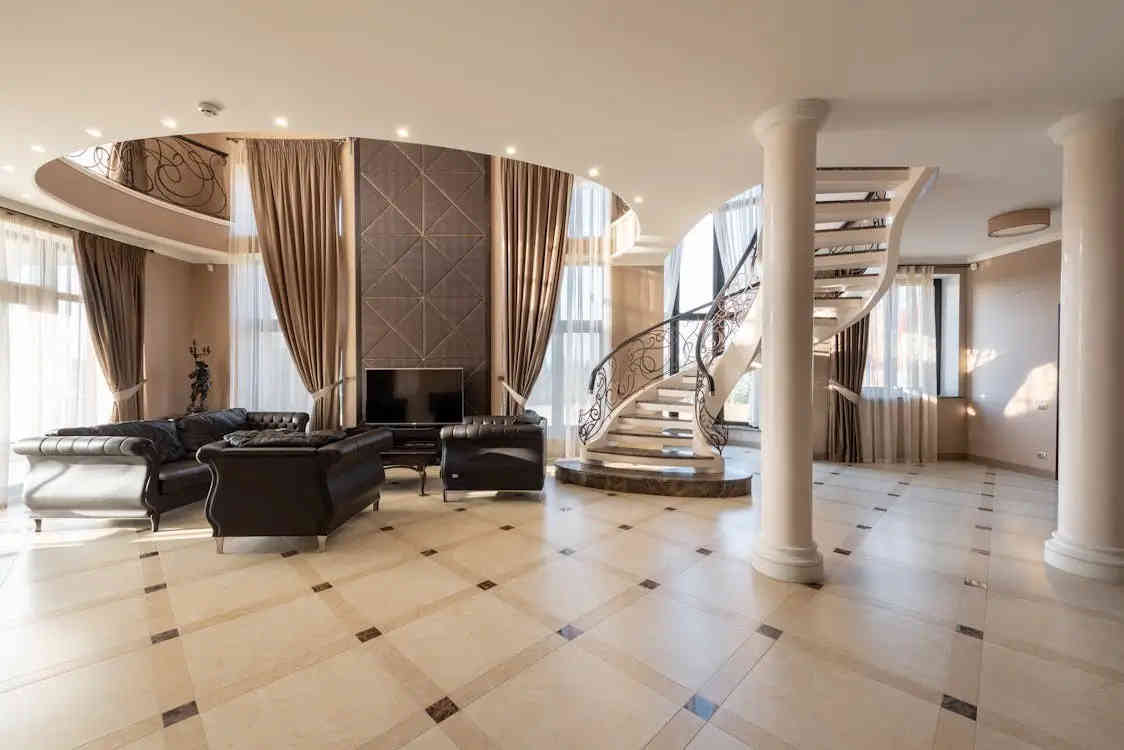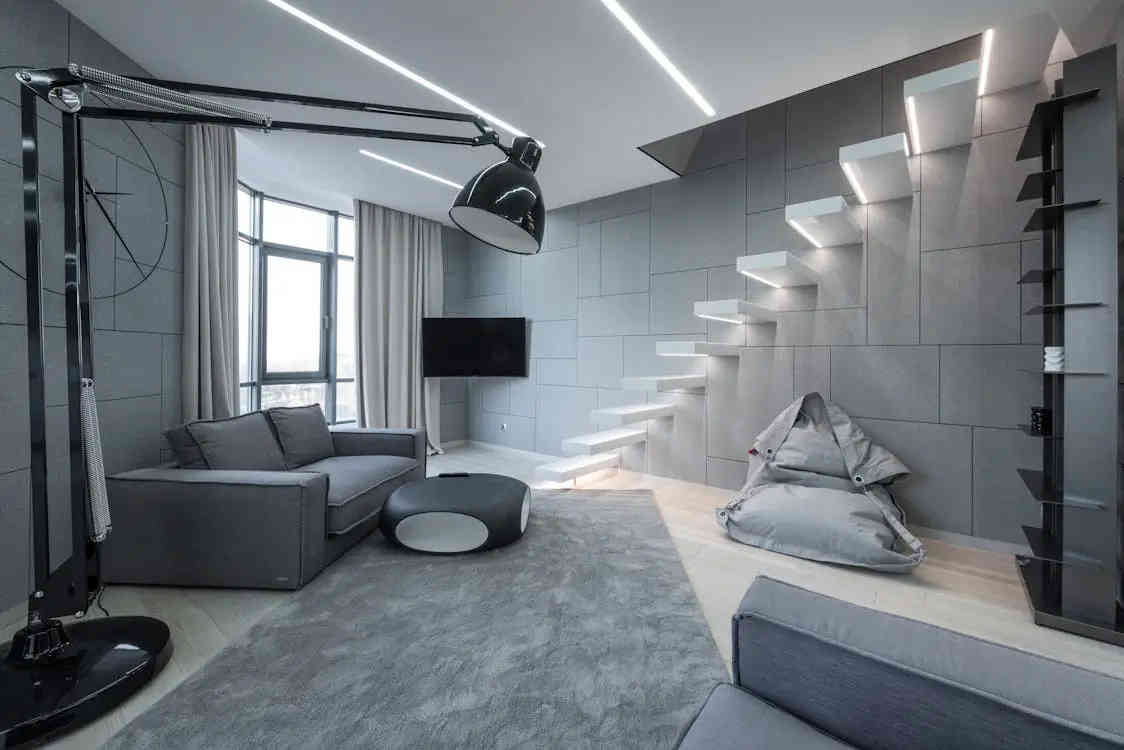Steel is the cornerstone of modern construction and design, prized for its strength and versatility.
Yet, relying on generic, pre-made steel products often limits your potential. For projects requiring precision, innovation, or specific durability, customized metalwork delivers solutions that can turn obstacles into opportunities.
Below, we’ll dive deeper into the practical, technical, and creative advantages of going beyond the standard, offering insights you can immediately apply to elevate your work.

Off-the-shelf metal products are made for mass appeal. While convenient, this approach frequently sacrifices adaptability and quality. For professionals and enthusiasts alike, the cracks in this system can derail your ambitions.
a) Fit and Compatibility Issues: Pre-made components adhere to standard sizes and shapes, which rarely align with the unique dimensions of a custom project (source). When the margins are off, even by millimeters, assembly becomes a frustrating process of adjustments, re-cuts, or worse, full replacements.
Expert Tip: Use a laser measuring tool to precisely map out the area where the steel will be installed. This minimizes misalignment risks and ensures your specifications are exact.
b) Structural Versatility: Stock metalwork is built with one-size-fits-all engineering, often lacking the reinforcement necessary for unique applications such as cantilevered beams or weight-bearing walls in irregular layouts.
Real-World Scenario: An architect designing a mixed-use space with open ceilings faced sagging issues with generic joists. Custom-engineered beams provided both strength and an aesthetic appeal, maintaining the sleek industrial design.
c) Aesthetic Constraints: Prefabricated components often look utilitarian and fail to match the style and character a customized solution can achieve. For example, stock railings or staircases might not align with the modern or rustic themes you envision.
The solution? Custom designs fill the gaps left by generic products, making every piece an exact match for your project’s demands.

Choosing personalized steelwork means investing in solutions that precisely meet your vision and performance requirements. Beyond basic customization, these components unlock design potential, elevate functionality, and solve engineering challenges that mass-produced items simply cannot.
Every corner, edge, and joint can be made to fit your specifications, eliminating post-installation surprises.
Expanded Anecdote: A homeowner replacing a century-old wrought iron fence found that no standard options matched the curvature and slope of their property. Custom components allowed the design to integrate seamlessly with the landscape while respecting historical aesthetics.
Expert Insight: Work closely with your fabricator to create detailed CAD (computer-aided design) models. These not only provide a visual blueprint but also identify any structural weaknesses before production begins.
1. Universal Industrial Services are well known for this, working on a range of high-profile bespoke metalwork projects like 3 Chamberlain Square in Birmingham, UK.
Custom metal parts free you from standard patterns or dimensions. Whether you want a staircase that spirals like a helix or a steel canopy that mimics tree branches, the possibilities are endless.
Practical Tip: Use custom steel in conjunction with 3D printing for intricate prototypes (source). This allows you to test visual and functional aspects of your design before committing to full-scale fabrication.
Custom options let you select from a variety of metal grades and finishes suited to specific environments.
1. Corrosion-resistant alloys work best for coastal builds, while powder-coated finishes add longevity and aesthetic flair to interior elements.
Custom metalwork isn’t limited to solving problems; it creates possibilities you didn’t think were achievable.

The initial cost of tailored steel often deters budget-conscious buyers, but the long-term savings in time, money, and effort make it a wise investment.
Pre-fabrication allows parts to arrive ready for assembly, reducing time spent measuring, cutting, or welding on-site.
Pro Insight: Many fabricators now offer kits with pre-labeled pieces and detailed instructions, perfect for simplifying assembly on DIY projects or smaller contractor jobs.
Advanced Tip: Use pre-engineered connections for high-stress installations, like beams and columns, to further speed up assembly without sacrificing strength.
Pre-made parts often lead to trial-and-error adjustments that waste time and materials. Custom components are built to spec, eliminating the need for constant corrections.
Cost Analysis: A contractor renovating a warehouse avoided $10,000 in rework costs by choosing customized mezzanine supports that precisely matched the existing structure.
The right material choices during customization can drastically reduce maintenance costs.
1. For example, galvanized steel resists rust in outdoor environments far longer than untreated alternatives (source).
When considering fewer delays, higher quality, and smoother installations, the initial expense of customization pays for itself.

Choosing tailored steel requires preparation and collaboration. The more you plan and communicate, the more value you’ll derive from the process.
a) Know Your Specs: Exact measurements and detailed descriptions are crucial. Use high-accuracy tools and clearly communicate the intended purpose of each component to your supplier.
b) Collaborate with Experts: Consult experienced engineers or fabricators who specialize in your project type. They can identify potential oversights and suggest enhancements you may not have considered.
Advanced Tip: Ask about finishes, coatings, or structural enhancements that may not be visible but add significant durability.
c) Think Beyond Cost: Upfront expenses often save money down the line, thanks to longer-lasting materials or tailored features that reduce repairs or replacements.
d) Plan for Delivery: Coordinate timelines with your fabricator to ensure the components arrive when needed, avoiding storage costs or project delays.
Proper planning and professional guidance make customization both seamless and rewarding.
Beyond technical benefits, there’s an undeniable emotional satisfaction that comes with tailored solutions. It’s about achieving a higher standard, fulfilling your vision, and building with confidence.
a) Imagine your outdoor deck, complete with steel railings custom-coated to match your house’s trim, effortlessly supporting years of gatherings.
Expanded Story: A family used custom steel to create a pergola designed to support heavy wisteria vines. The standard options available couldn’t handle the weight or provide the desired aesthetic, but their tailored solution became a beautiful focal point.
b) Picture the pride in showing off a staircase that’s structurally flawless and designed to impress, with every weld and curve showcasing expert craftsmanship.
Customization is both practical and transformative, ensuring your project stands out and stands strong.
Find the best Professionals and companies nearby you on KreateCube .
Get QuoteStay updates with latest leads, subscribe now!
Stay updated with latest diy home improvement tips, subscribe now.
Architecture
27-Dec-2024
Sustainable architecture, also known as green design, is a growing trend in the world of urban planning and building design. It focuses on creating structures that are environmentally friendly, energy-efficient, and socially responsible.
Read MoreArchitecture
21-Feb-2024
Architectural design is a complex process that involves to craft spaces that are both functional and visually appealing for various purposes like living, working, and recreation. It demands a fusion of creativity, technical expertise, and...
Read More
Leave Your Comment